 |
 |
 Formed and dried pieces are fired at relatively low temperatures of 800 to 1000C. The process of firing unglazed reduces shrinkage when followed by a glazed firing. |
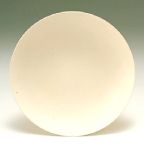 |
 |
 A design is copied and outlined in gosu (ink) on the bisque piece. |
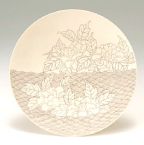 |
 |
 After outlining the design, the piece is in-filled, which is called 'dami.' Subsequently the piece is glazed. |
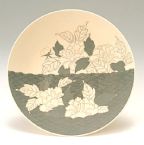 |
 |
 The glazed piece is fired at a high temperature of about 1300C to make it stronger and finer. Firing using firewood in a climbing kiln (nobori-gama) takes several or very many days. |
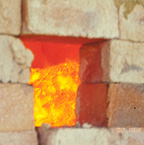 |
 |
 The glazed and fired piece is overglaze-enameled because outlines in enamel are applied after glazing and main firing. This process is called 'aka-etuke' in Arita. |
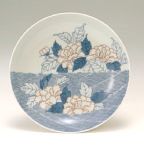 |
 |
 After outlining the design, the piece is in-filled. The mixes of overglaze enamels have been secretly handed down in the individual potter families. |
 |
 |
 The overglaze enameled piece is finished by firing again at a temperature of about 800C. |
 |
*All the photographs and animations of the
production scenes are extracted from the
video "The Story of Arita Ware"
made by the Kyushu Ceramic Museum in Saga
Prefecture.